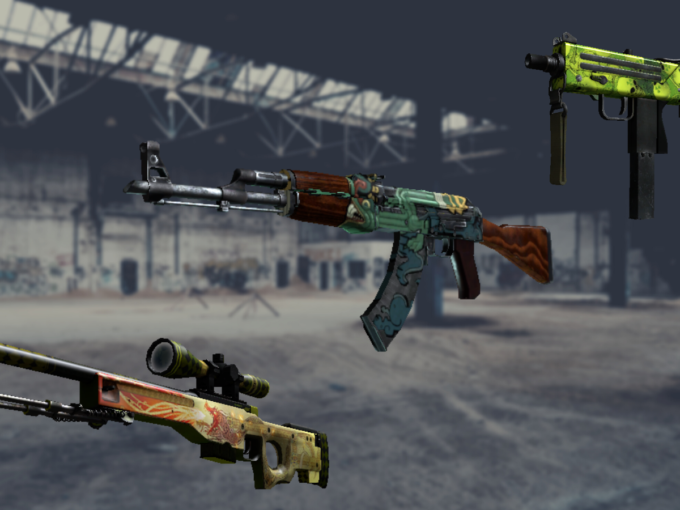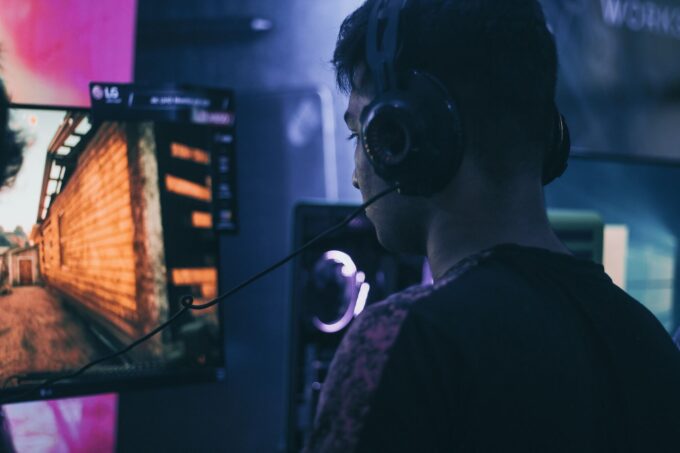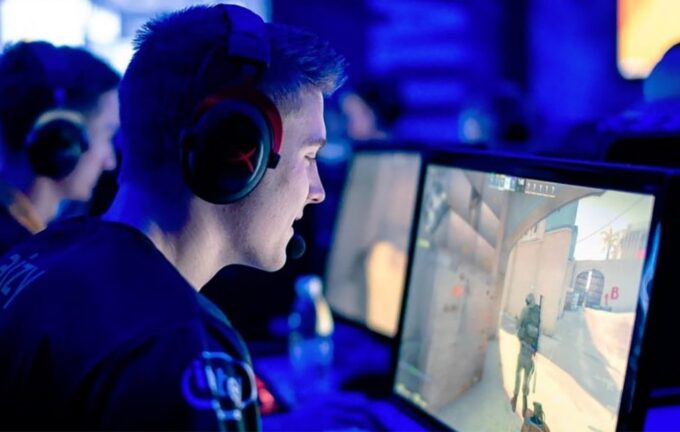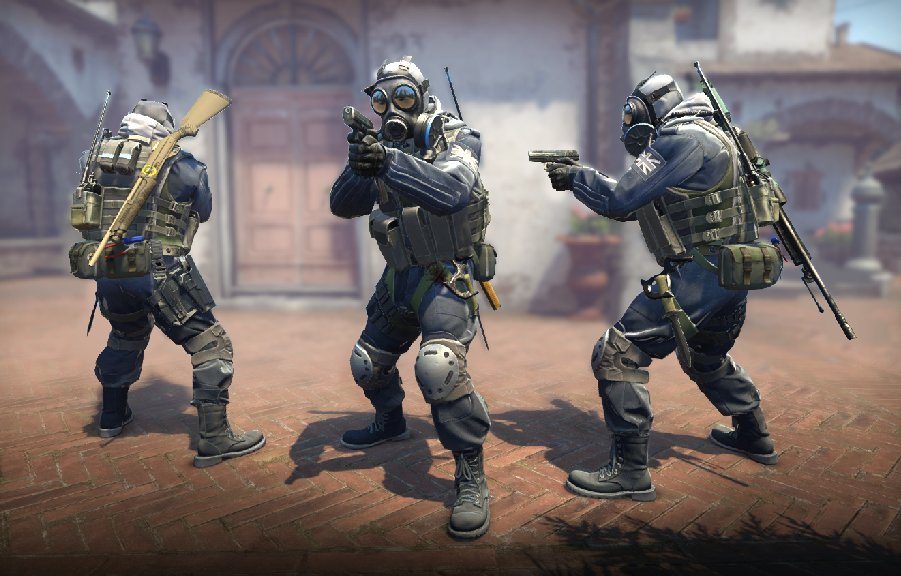If you’ve been playing Counter Strike: Global Offensive for a long time, you’ve probably amassed quite a collection of skins via drops. You’re probably considering selling them now. If you haven’t been living under a rock, you’ve probably heard about how much money you can make selling CS:GO skins. Learn how to avoid the most common mistakes rookie traders make while trading their first skins.
The days when Counter Strike was just a simple, yet addicting online FPS are long gone. It now has its own economy, with tens of thousands of players from all over the world buying and selling their hard-won skins. This worldwide market is what makes CS:GO so appealing: you can have fun while simultaneously earning real money.
Some players play for leisure, but many have turned it into a full-time job. The CS:GO skin market works similarly to the stock market, with the same basic premise: buy low, sell high. Take a look at our list of typical trading blunders to see how you may prevent them.
Not Recognizing Scammers

When trading, you must always exercise extreme caution. Make sure everything is in order and that the trade is exactly what you desire. YOU DO NOT HAVE TO DO A TRADE IF YOU DO NOT LIKE IT! Accept only trades that you are happy with, and don’t feel obligated to make trades you don’t want to do. You don’t have to do the deal if the offer is worth it in terms of value but you don’t like the skin pattern!
While trading, you’ll frequently come across guys who will offer you a fantastic deal, such as his AK-47 Black Laminate FN for your M4A4 Asiimov. You initiate a transaction because the value sounds fantastic. He offers up his AK-47 and some other inexpensive guns for no apparent reason, and you accept the trade only to discover that he has swapped his FN Ak-47 for an FT Ak-47, and you’ve been duped!
To avoid this, simply double-check everything! Make sure the item is exactly what you expect! You’ll notice a drop-down menu button when you hover your cursor over an item in the trade window. Then select View in Community Market from the drop-down menu. You can then double-check that you’ve ordered the correct item.
Not Knowing About Pricing Of Skin

Make sure your skin is priced appropriately for the present market. New users frequently struggle with appropriately pricing skins. First, look at the skin’s basic price, which is the average amount it generally sells for. You can find out by going to a skin selling platform and searching for the skin’s name. All pricing information, as well as informative graphs, should be visible.
Second, you must determine the float value, which varies from 0 to 1 and is assigned to each CS:GO skin at the time of its creation. The float value is linked to the state and quality of the skin.
- New from the factory 0.00 – 0.07 – It’ll almost certainly be flawless, with only minor flaws or changes that may be overlooked when the weapon is being used.
- Field-Tested 0.15 – 0.37 – These skins are plentiful on the market, and players can typically obtain them for a reasonable price.
- Minimal Wear 0.07 – 0.15 – These skins have a mild deterioration. In most cases, the depreciation is scarcely evident, thus these skins still look decent.
- Battle-Scarred 0.44 – 1.00 – This is the most prevalent skin wear quality for a weapon, yet they aren’t entirely useless at the end of the day. You may still have fun with them and even sell a couple.
- Well-Worn 0.37 – 0.44 – The skin begins to look considerably different from this point on, and the degeneration is very obvious.
As you can see, the lower the float, the higher the item value. The most expensive skins are usually those that are brand new. Another factor that could boost a skin’s worth is its pattern.
Regardless of the skin’s float, some skins include a pattern that may offer an aesthetically pleasant effect when applied. Some patterned skins are more expensive than their non-patterned Factory New counterparts.
Finally, there are stickers, which are graphic components that can be used to enhance the value of skins. The stickers have a different – and highly subjective – method of being valued. If you’re going to add stickers to a skin, make sure you research the stickers first and choose ones that complement the skin’s aesthetic.
To have a sound knowledge of CSGO skins, visit the wiki.cs.money
Not Conducting Appropriate Research

Before you begin trading your skins, you should learn how the market works and what factors influence the price. Even though trading platforms make CS:GO trading appear straightforward; it isn’t.
When it comes to the factors that influence skin costs, there is no one-size-fits-all solution, but rather a mix of factors that influence how much someone will have to spend to buy or sell their skins. You’ll get better deals if you know more about these items.
Not Knowing About The Level Of Rarity

In CS:GO, there are five rarity levels, or eight if you include the most frequent skin kinds such as consumer, industrial, and mil-spec. The five levels of rarity are as follows:
- Restricted – challenging to come by. Restricted skins are purple and available at a wide range of costs, which is why they are so popular.
- Classified- Classified skins are pink in color and extremely difficult to come by. They are expensive and in high demand.
- Covert – These are the rarest standard skins in the game, with a red color. Their cost is astronomically expensive.
- Contraband – Due to the removal of contraband skins from the game, the only contraband skin available for now is M4A4 Howl.
- Legendary- Legendary skins are gold in color and the cream of the crop when it comes to CS:GO in-game goodies. All CS:GO knife and glove skins are considered legendary. Legendary skins can cost anything from a few hundred to thousands of dollars due to their scarcity.
Conclusion
If you’re just getting started with CS:GO skin trading, keep looking out for the risks listed above. The Counter Strike: Global Offensive skin business is massive, and it’s just getting bigger. If you’re willing to put in the time and effort, you’ll be able to make some serious cash.









